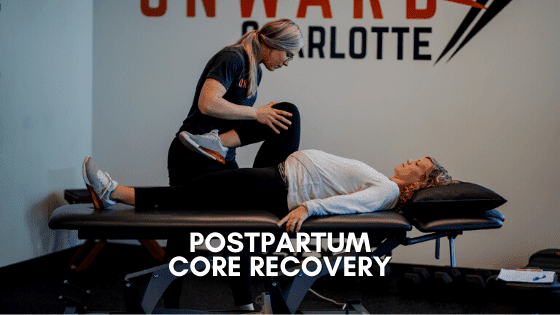
Whether or not you were active before your pregnancy, after carrying your growing little one for 9+ months, there’s no denying the impact it’s had on your entire body– especially your core! The hectic nature of being a new mom is overwhelming enough, but that doesn’t mean you have to accept the remaining effects. Think of this in terms of any other other muscle in our body. Could you imagine having a constant, increasing stretch placed on your bicep or quad for nearly a year? When we put things in perspective and consider the stress and strain your body has endured, we must appreciate the healing and restorative process is just that– a process. In this article, we’ll cover the basics of diastasis recti, how to perform a self-check, some considerations for early healing, and what to do if you’re struggling with persistent diastasis recti after your pregnancy.
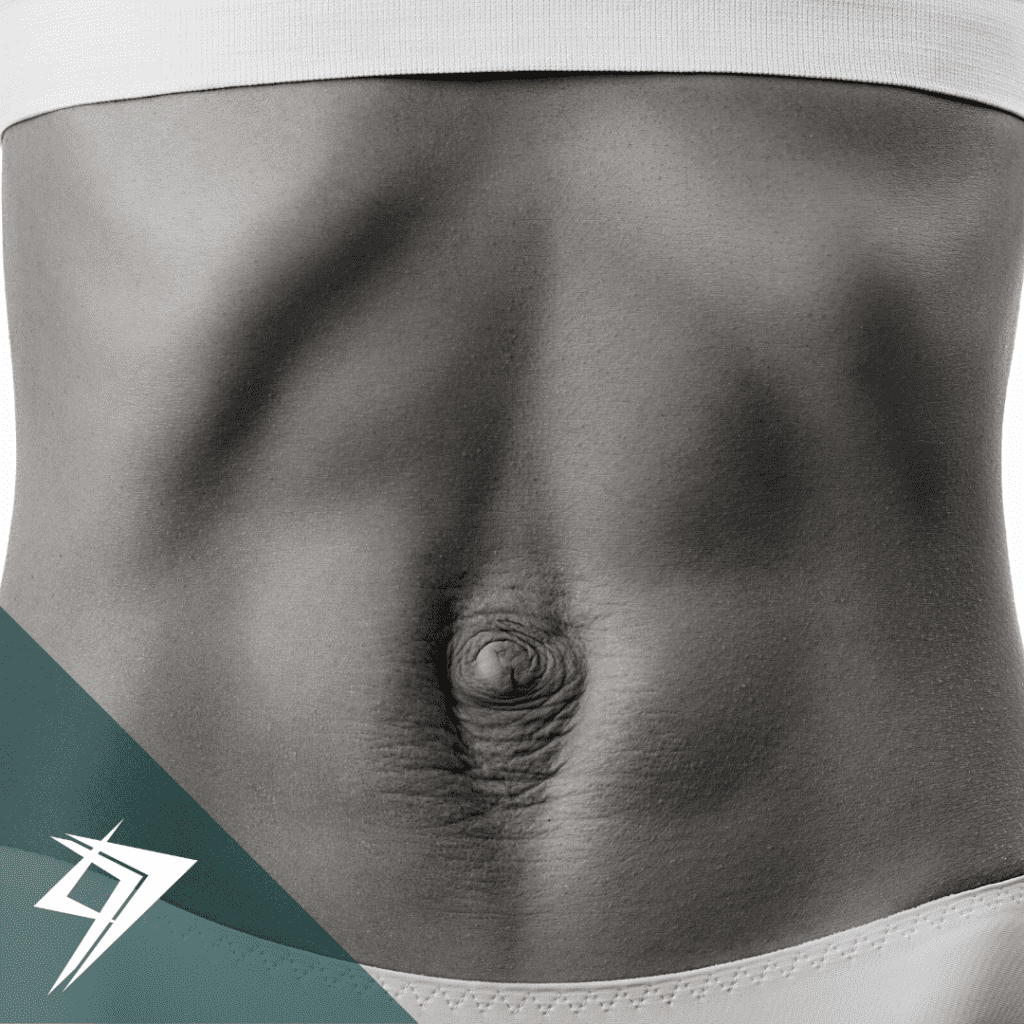
What is Diastasis Recti?
Diastasis recti (DR) is a natural part of pregnancy. As your baby grows and your abdominal wall expands, the connective tissue (called the linea alba) which connects the abdominal muscles thins or separates. This is necessary in order to accommodate your growing baby. A study from the Journal of Manual Therapy from 2015 showed that 100% of women had a DR at 35 weeks. In other words– this is extremely common and normal! DR is not something to fear. While it’s confusing to navigate the conflicting information, its presence alone does not mean you won’t be able to continue exercise! Each case is unique and often benefits from an individualized assessment and programming.
Do I have it? Diastasis Recti Self Check:
Lie on your back with your knees bent. With one hand, point your fingers downward and feel your midline. Begin at the level of your umbilicus and work your way up towards your sternum. Next work down towards your lower abdomen and pelvis. Use the width of your fingers to measure the resting separation between the two edges of your abdominal muscles. Many sources will cite 2 cm or 2 finger-widths as “normal”.
Now, repeat the above as you curl up into a small crunch. Note the tension you feel under your fingers as well as the number of fingers you can now fit. Compare this to at rest. Don’t fear if you notice a separation- a DR can be present with a good underlying tension. A “functional diastasis” is where the distance is >2 cm, but “functional” in the sense that you are able to create good tension. This translates to controlling this during your day-to-day living and exercise. “Normal” is much more than just a measurement!
Looking for more guidance in your postpartum core recovery? Download our free eBook!
Early Healing (Cesarean Section)
Immediately following a cesarean section, emphasis is on managing swelling and pain. Not only does your core have to recover from carrying a growing little one for ~10 months, but also an abdominal surgery.
Considerations for early pain management:
- Splinting during coughing/sneezing
- Roll on the side when getting up
- Alter breastfeeding positions to limit abdominal lengthening and pain
First 6-Week Safe Starts
The following are typically safe ways to begin. Keep in mind these are not to substitute for individualized medical advice.
- Restorative, diaphragmatic breathing into the abdomen
- Introduce different textures to scar to avoid sensitization starting with very soft materials
- Connection breaths
- Transverse abdominis activation, glute strengthening, and strict upper body work may vary from individual to individual on tolerance
6-weeks+ following clearance from OB:
- Scar massage (don’t begin too early, ensure healing is complete)
- Initiate or progress abdominal strengthening per OB or healthcare professional, but limit positions that tension or strain the abdomen
- Slow, progressive overload and management of intra-abdominal pressure
Early Healing (Vaginal Delivery)
For vaginal deliveries, the first week and immediately following birth is often devoted to resting and healing. There tends to be the most bleeding during this time as well as excessive fatigue and achiness.
First 6-Week Safe Starts:
- Connection breaths
- Transverse abdominis activation
- Glute strengthening
- Strict upper body work
6-weeks+
- Often this is when you’re “cleared” for exercise from your OB. BUT be sure to utilize gradual return to loading and impact while monitoring your response.
- Strength is typically easier to return to than high impact cardio such as running postpartum. This is due to a single, controlled pelvic floor muscle contraction vs repetitive contractions.
What Can I Do If I Do Have Diastasis Recti that doesn’t self-resolve? How do I focus on Postpartum Core Recovery?
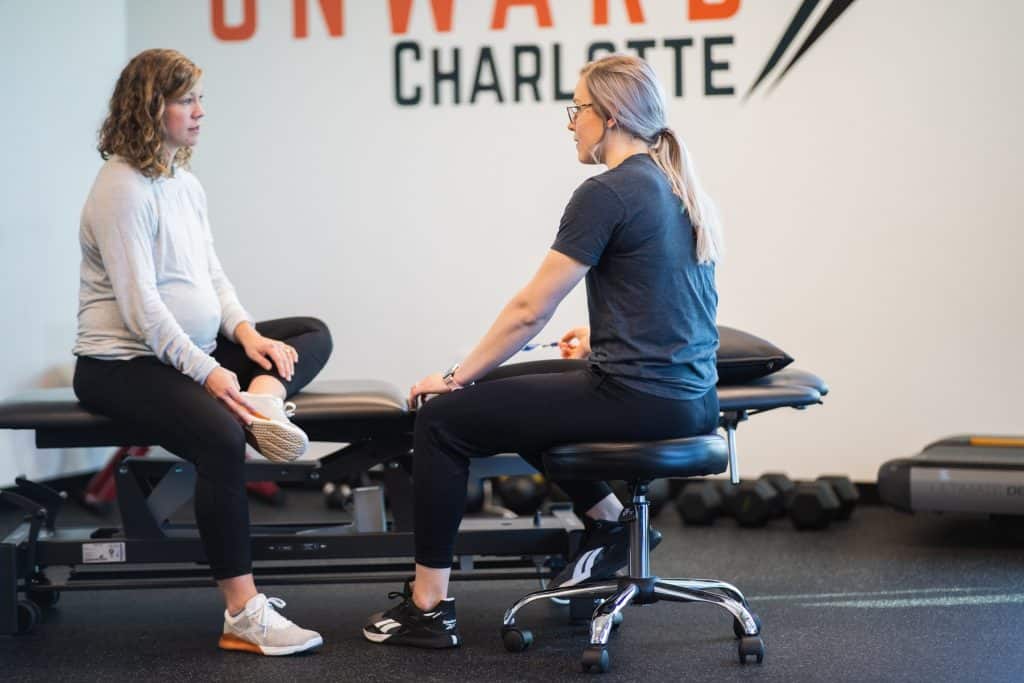
If you have a persistent diastasis, there are a few things to consider when it comes to recovery. First, every single mom’s journey will be different. The extent of your DR will likely vary based on your previous exercise history. It is also influenced by a number of children, vaginal vs cesarean birth, and many other factors. To resolve your DR and return to your goals, it’s often beneficial to work alongside a specialist who can tailor your program to match your exact needs. This is especially true if your goals include returning to skills typical in CrossFit or functional fitness. For example, overhead movements, pull-ups, handstand push-ups, toes to bar, and several other movements require more strategic progressions
Looking for more guidance with your pregnancy or postpartum fitness journey? Schedule a time to meet with our team today. We’d love to learn how we can help you continue or get back to the exercises you love!
Recent Articles
Achilles Tendonitis: Diagnosis & Treatment
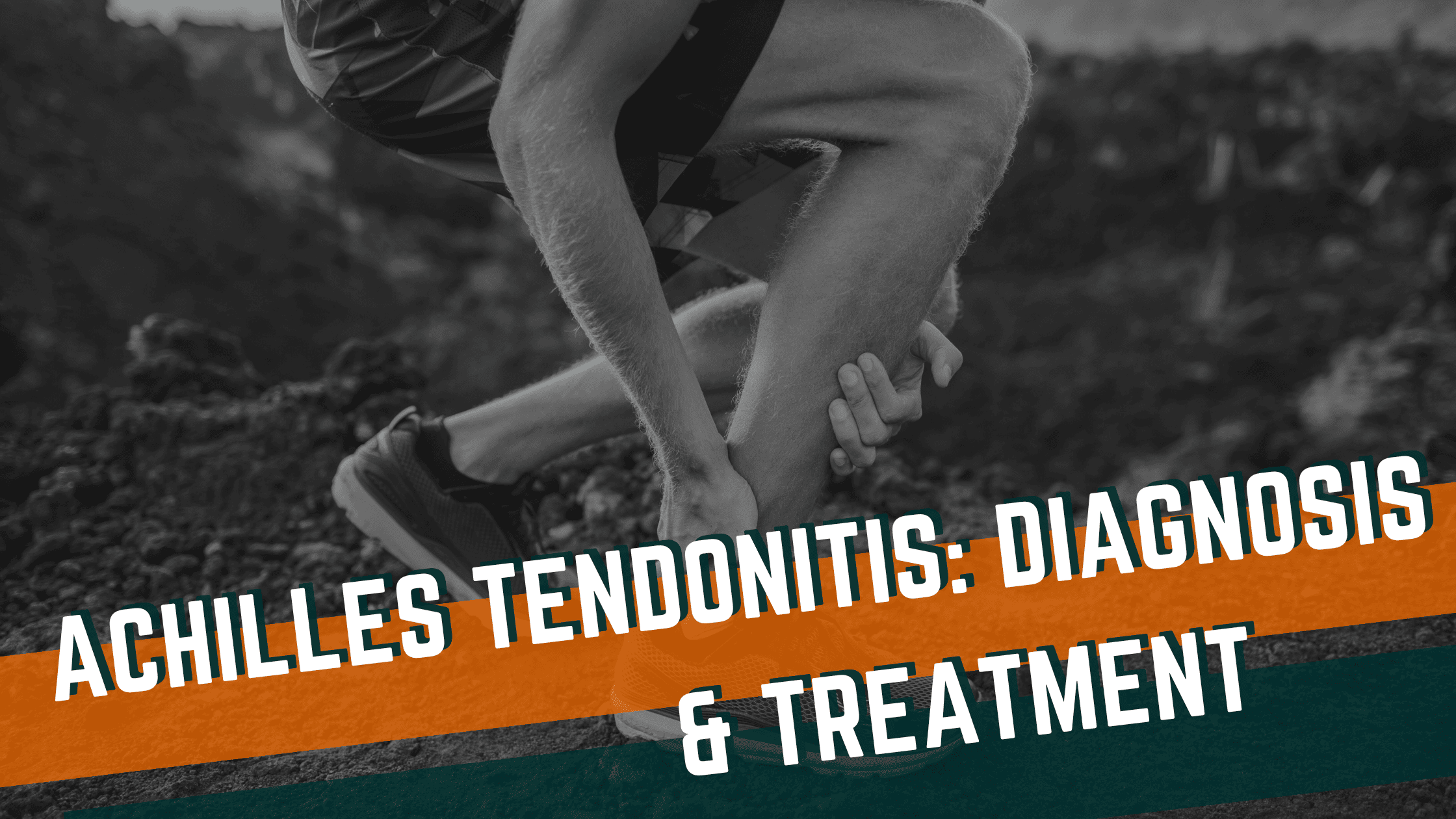
Hip Pain in Runners

A Guide to Conditions Treated with Dry Needling
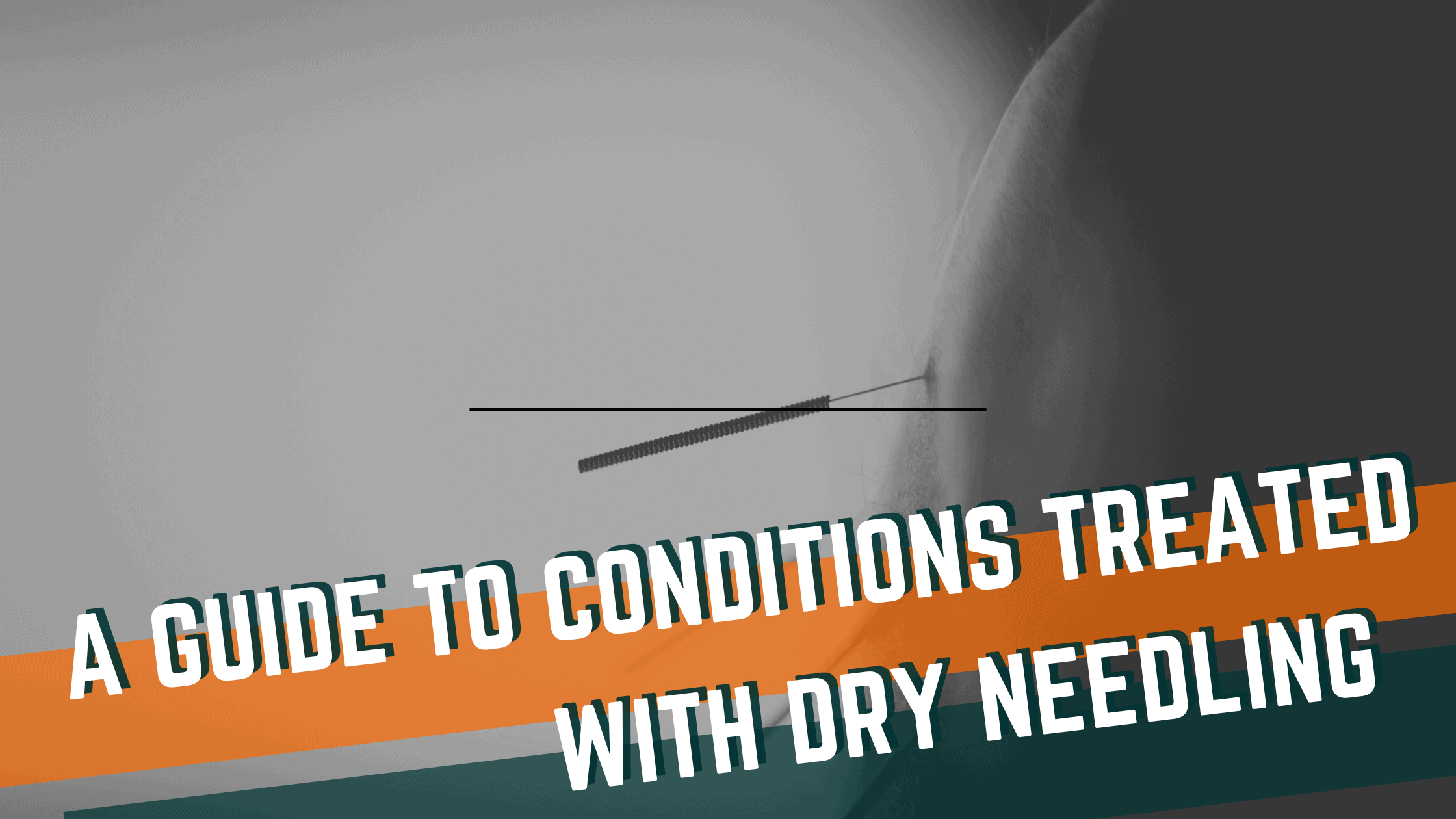
Reconnect to the CORE Postpartum: Pelvic Floor Exercises for Postpartum Healing
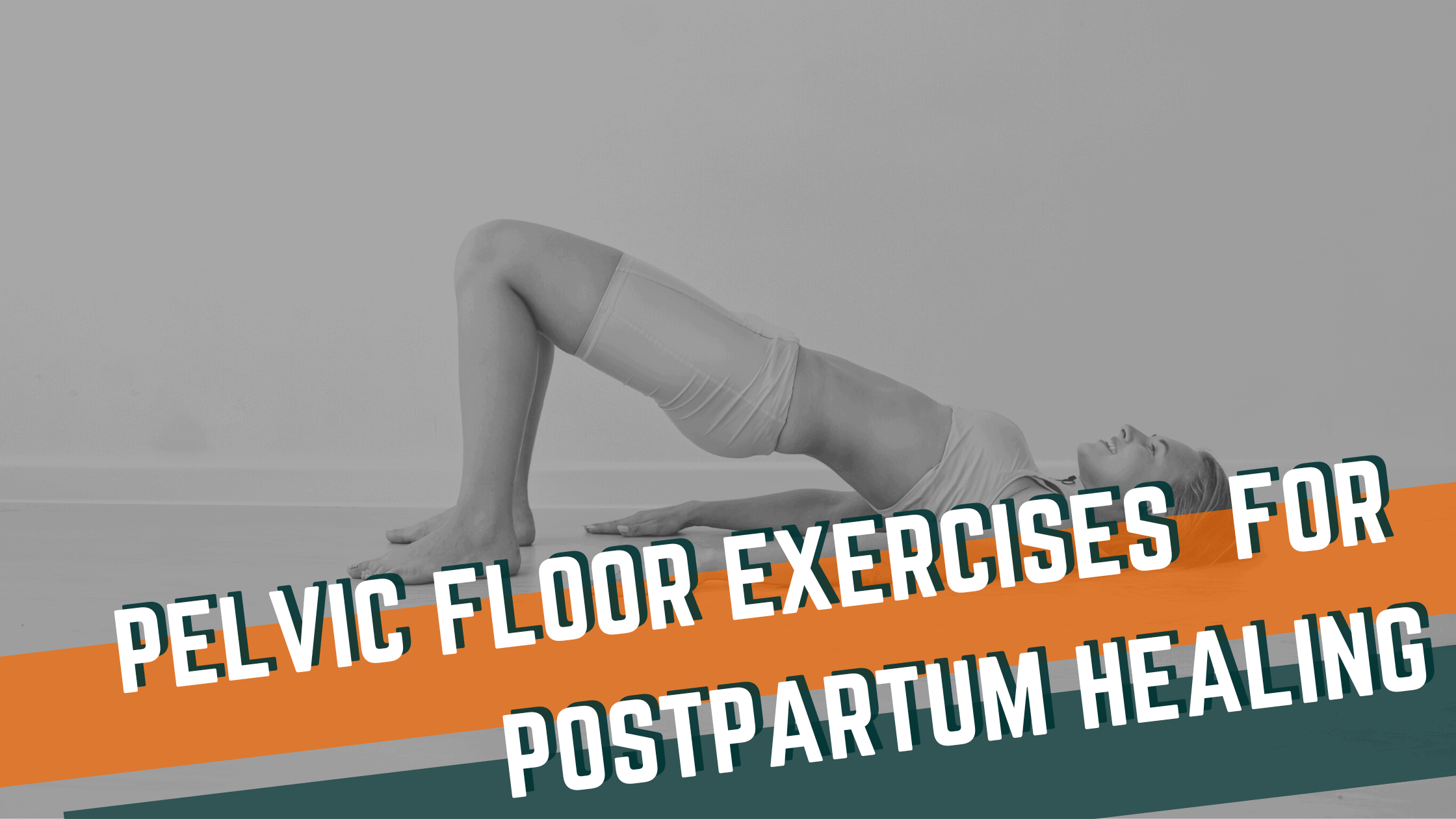
Preventing Back Pain in CrossFit: Key Considerations for Training Safely


